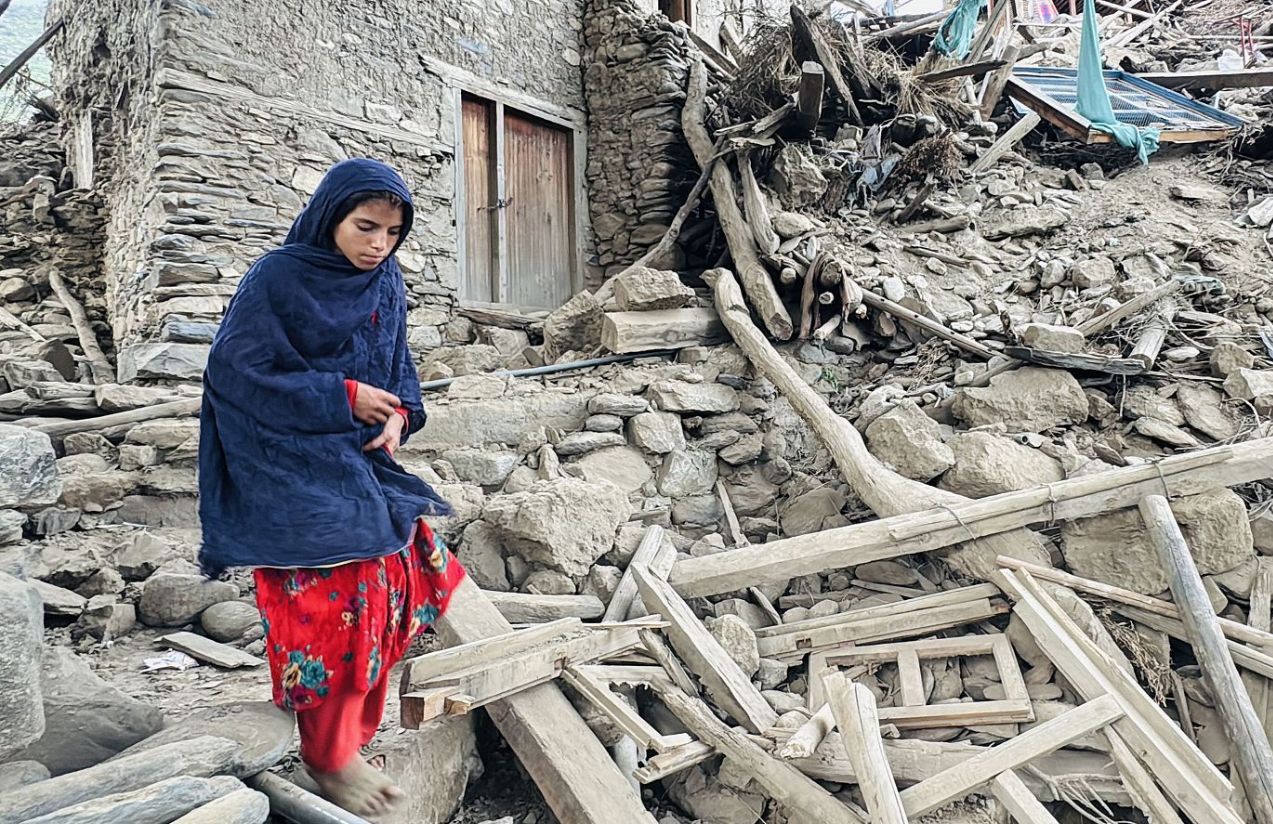In the minutes following the devastating earthquake in eastern Afghanistan, despair was not experienced equally. Rescue teams made up exclusively of men, prevented from assisting women due to the strict rules imposed by the Taliban regime, left many women without help amid the rubble, according to witnesses and international reports.
In villages like Bibi Aysha, women were literally rendered invisible: men and children were evacuated first, while women were ignored or pulled only by their clothing if they did not have a male relative present. UN Women’s representative in Afghanistan, Susan Ferguson, warned that if the humanitarian response is not reconfigured to put women at the center, “they will once again be the most affected.”
The humanitarian crisis is compounded by cuts in international aid, which already make it difficult to access medical care, transportation, and temporary shelters. With entire communities destroyed, the lack of inclusion of women in both rescue and recovery efforts exposes an alarming reality: cultural and political restrictions are turning a natural disaster into a deeper social tragedy.
Why is this situation considered historically grave?
Because beyond being a natural disaster, it is a social disaster: the Taliban’s rigid gender rules not only prevent lives from being saved, but also actively exclude half the population at a critical moment, proving that institutionalized misogyny can be just as deadly as an earthquake.

